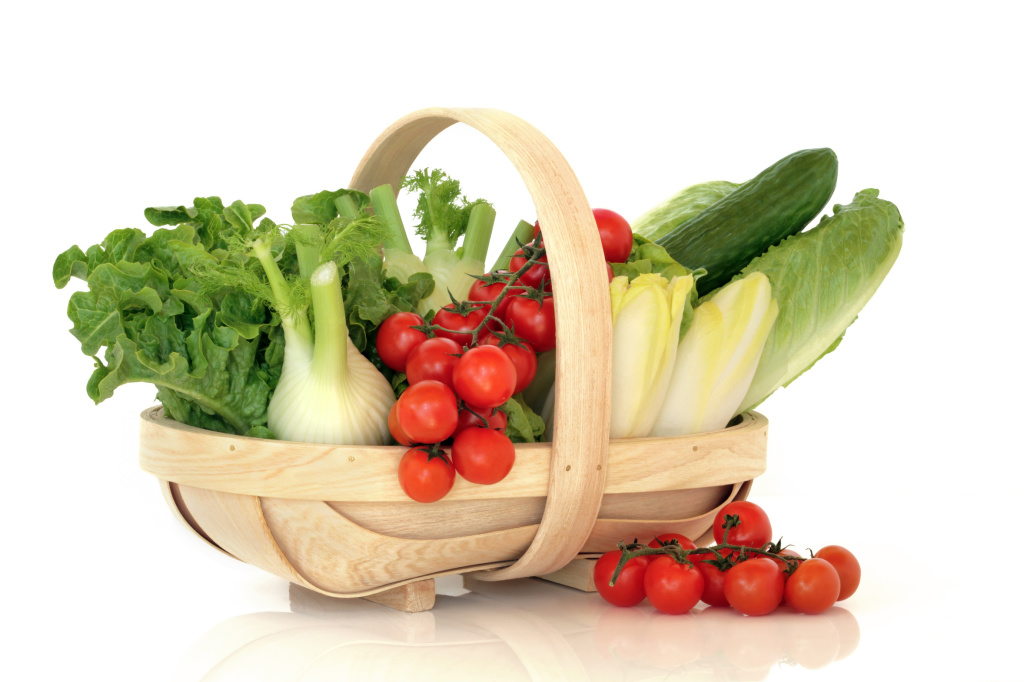 The choice of a food and its ‘success’ are also a matter of reputation as revealed by an academic study conducted by the University of Rome ‘La Sapienza’, with the support of Nestlé Group in Italy, as a part of the project ‘Axìa’. The ‘Food Reputation Map’ is the tool that allows measuring the reputation of any agricultural and/or food production, either in its original form or processed one through subsequent processes, assessing their basic characteristics and effects on society, at cultural, economic, environmental level, as well as on man, at physiological and psychological level. The Food Reputation Map, scientifically validated thanks to elaborations carried out in 2013 from samples for a total of 4770 Italians, shows and allows a reasoned reading of three main areas of reputation, 6 synthetic indicators, and 23 specific indicators which affect our perception concerning a particular food, thus highlighting the ones which can be considered the key factors that stimulate (or discourage) their purchase and consumption. They concern aspects related to the essence of the product (composition, genuineness, life, recognizability), as well as cultural effects (territorial identity, traditionalism, familiarity, innovation), economic (context, value, preparation), environmental (social and environmental responsibility, traceability, proximity, security), physiological (ability to satiate, lightness, body weight), and psychological (organoleptic perception, personal memory, psychological and physical wellbeing, conviviality, group membership) ones. The theoretical model of the Food Reputation Map has been applied for investigating the reputational aspects of some general categories of foods: fruit (with a focus on the product ‘citrus’), vegetables (with a focus on the product ‘peeled tomato’), milk and dairy products (with a focus on the product ‘milk chocolate’). For instance, the food category 'fruit' results to have a positive reputation in many respects. In particular, the cultural and physiological effects (i.e., links with local identity and experience of familiarity and nutritional effects on our body at the closely bodily level) are the most distinctive characteristics of reputation. For the category ‘Dairy products’, the physiological effects result to be strongly characterizing. For the category ‘milk chocolate’, on the other hand, the area of reputation related to psychological effects results to be more remarkable, reflecting the proverbial reputation of sweets in ‘raising spirits’ in times of sadness. For Italian agro-industrial, especially the one which concerns the new under- 35 generation, which is (re)approaching to land and work in the fields in a more and more convinced way, the Food Reputation Map represents a starting point from which it is possible to schedule interventions at different levels (production, distribution, consumption, communication, etc.), aimed at modifying some parameters of reputation as well as capitalizing on the aspects which can represent a competitive advantage. The Food Map Reputation is also suitable for more sophisticated uses, as they provide indications concerning promotion and development of categories and agro-industrial products both in Italy and abroad.
The choice of a food and its ‘success’ are also a matter of reputation as revealed by an academic study conducted by the University of Rome ‘La Sapienza’, with the support of Nestlé Group in Italy, as a part of the project ‘Axìa’. The ‘Food Reputation Map’ is the tool that allows measuring the reputation of any agricultural and/or food production, either in its original form or processed one through subsequent processes, assessing their basic characteristics and effects on society, at cultural, economic, environmental level, as well as on man, at physiological and psychological level. The Food Reputation Map, scientifically validated thanks to elaborations carried out in 2013 from samples for a total of 4770 Italians, shows and allows a reasoned reading of three main areas of reputation, 6 synthetic indicators, and 23 specific indicators which affect our perception concerning a particular food, thus highlighting the ones which can be considered the key factors that stimulate (or discourage) their purchase and consumption. They concern aspects related to the essence of the product (composition, genuineness, life, recognizability), as well as cultural effects (territorial identity, traditionalism, familiarity, innovation), economic (context, value, preparation), environmental (social and environmental responsibility, traceability, proximity, security), physiological (ability to satiate, lightness, body weight), and psychological (organoleptic perception, personal memory, psychological and physical wellbeing, conviviality, group membership) ones. The theoretical model of the Food Reputation Map has been applied for investigating the reputational aspects of some general categories of foods: fruit (with a focus on the product ‘citrus’), vegetables (with a focus on the product ‘peeled tomato’), milk and dairy products (with a focus on the product ‘milk chocolate’). For instance, the food category 'fruit' results to have a positive reputation in many respects. In particular, the cultural and physiological effects (i.e., links with local identity and experience of familiarity and nutritional effects on our body at the closely bodily level) are the most distinctive characteristics of reputation. For the category ‘Dairy products’, the physiological effects result to be strongly characterizing. For the category ‘milk chocolate’, on the other hand, the area of reputation related to psychological effects results to be more remarkable, reflecting the proverbial reputation of sweets in ‘raising spirits’ in times of sadness. For Italian agro-industrial, especially the one which concerns the new under- 35 generation, which is (re)approaching to land and work in the fields in a more and more convinced way, the Food Reputation Map represents a starting point from which it is possible to schedule interventions at different levels (production, distribution, consumption, communication, etc.), aimed at modifying some parameters of reputation as well as capitalizing on the aspects which can represent a competitive advantage. The Food Map Reputation is also suitable for more sophisticated uses, as they provide indications concerning promotion and development of categories and agro-industrial products both in Italy and abroad.
